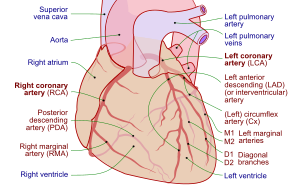
Can’t keep up with all the exciting research going on with stem cells and gene therapy. I imagine many of the researchers might feel a little like a kid who just discovered clay – and found you can do almost anything with it.
First up is a project in which researchers identified why older creatures can take so long to recover from muscle injuries. They found that muscle stem cells in mice were not dividing and renewing themselves the way younger stem cells do.
So they found a way to reinvigorate the murine stem cells by blocking a substance known as p38 MAP kinase that appears to be critical in slowing stem cell division. The growing medium, soft hydrogel, is critical to the newly invigorated cells maintaining their “stemness.” They then injected the revunated stem cells into damaged muscles of elderly (two years old – about the same as 80 in humans) mice and found the muscles began substantially repairing themselves.
Next up, pigs who were suffering from heart block (their heart rate was too slow) were injected with a human gene into a tiny area of the pumping heart that allowed researchers to reprogram “heart muscle cells into a type of cell that emits electrical impulses to drive the beating heart.” The pigs’ heart rates were restored to normal for two weeks.
The hope is that these “biological pacemaker” cells will one day replace the devices we now insert into bodies that must have batteries replaced every 8 to 10 years. Read more about pacemaker gene therapy here.
Related articles













